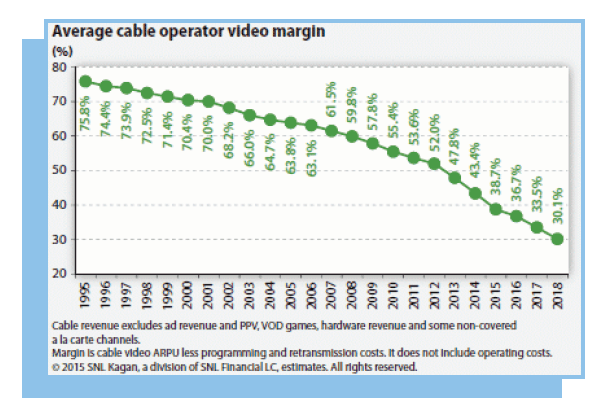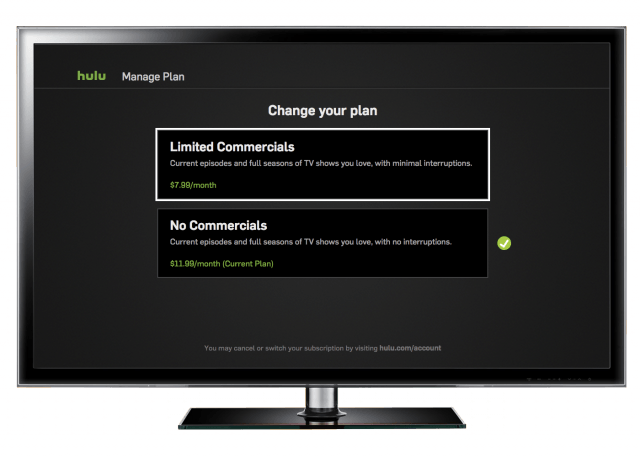 For the first time, the average American now pays over $100 a month just to watch television.
For the first time, the average American now pays over $100 a month just to watch television.
Leichtman Research Group, which has measured cable television rates annually for years, just released a report finding the average amount paid for cable television is now $103.10 a month. That’s an increase of about 4% over last year, the lowest annual increase in five years. But it’s still a 39% increase from 2011-2015, which is nearly eight times the rate of inflation.
As rates rise, customers are increasingly cutting cable’s cord for good. More than 800,000 Americans said goodbye to cable TV in the second quarter of this year alone, according to cable industry researcher SNL Kagan. eMarketer says the biggest reason customers are leaving is obvious: higher bills.
“About 82% of households that use a TV currently subscribe to a pay-TV service. This is down from where it was five years ago, and similar to the penetration level eleven years ago,” said Bruce Leichtman, president and principal analyst for Leichtman Research Group, Inc. “The rates of those exiting the category, or intending to leave, are actually similar to recent years. The decline in penetration is also due to a lack of those who are coming into the category, and the industry not keeping pace with movers and related rental housing growth.”
Customers are no longer fooled by promotional rates that offer cable TV for $30-50 a month, usually expiring after one year. Once their first bill arrives, they are unhappy to discover growing mandatory equipment fees and bill padding charges for sports programming, local stations, fake official-sounding surcharges like “regulatory recovery fees,” and more.
“Once the XFINITY bill arrives, my $60 television promotion is $104 after the $5 fee for local stations, $3 for sports, additional outlet charges, equipment rental fees, and taxes/surcharges,” said Comcast customer Dan Ho from central California. “You almost have to take the internet and phone service just to feel like you are getting anything of value for your money, because the bundle price seems like a better deal.”
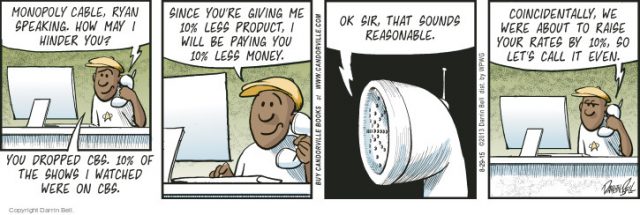
The cable industry argues cord-cutting won’t save consumers much money, but as Fortune magazine reports, those arguments are traditionally based on temporary rates that never tell the whole story,
“Too often, the comparisons quote a low, promotional, or entry-level price for the cost of a cable TV package instead of looking at the real prices people actually pay,” wrote Fortune author Aaron Pressman. “Left out of the superficial analysis all too often are set-top box fees, regional sports network fees, fees dressed up as faux taxes, and actual taxes.”
Fortune adds every year is a new record high for cable television bills.
Leichtman Research reports that once consumers cut the cord, an increasing number never look back, while those still subscribed to cable are often earching for a better deal:
- Overall, about 3% of TV households last subscribed to a cable/pay-TV service 1-3 years ago, about 6% subscribed over 3 years ago, and about 6% never subscribed to a pay-TV service;
- 7% of current cable subscribers did not subscribe to a TV service for more than a month at some time over the past two years;
- 25% of those who moved in the past year do not currently subscribe to a cable TV service — a higher level than in previous years;
- 12% of cable subscribers are likely to switch from their provider in the next six months — similar to 11% in 2015, and 12% in 2014;
- 6% of pay-TV subscribers are likely to disconnect from their provider and not subscribe to any TV service in the next six months — similar to 7% in 2015, and 7% in 2014.


 Subscribe
Subscribe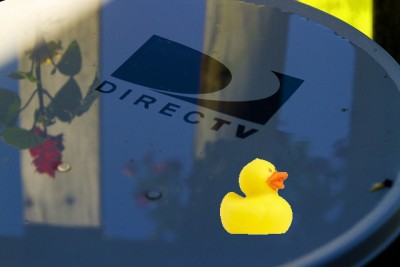
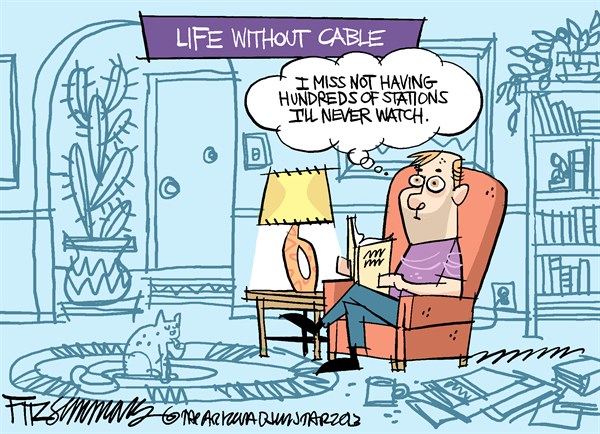 While Burke’s prediction has yet to slash the cable dial by more than a few networks so far, it has slowed down the rate of new network launches considerably. One millennial-targeted network, Pivot, will never sign on because it failed to attract enough cable distribution and advertisers, despite a $200 million investment from a Canadian billionaire. Time, Inc.’s attempts to launch three new networks around its print magazines Sports Illustrated, InStyle and People have gone the Over The Top (OTT) video route, direct to consumers who can stream their videos from the magazines’ respective websites.
While Burke’s prediction has yet to slash the cable dial by more than a few networks so far, it has slowed down the rate of new network launches considerably. One millennial-targeted network, Pivot, will never sign on because it failed to attract enough cable distribution and advertisers, despite a $200 million investment from a Canadian billionaire. Time, Inc.’s attempts to launch three new networks around its print magazines Sports Illustrated, InStyle and People have gone the Over The Top (OTT) video route, direct to consumers who can stream their videos from the magazines’ respective websites.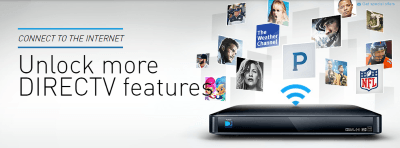 DirecTV Now is expected by the end of this year and will likely offer a 100 channel package of programming priced at between $40-55 a month, viewable on up to two screens simultaneously. The app-based service will be available for video streaming to televisions and portable devices like tablets and phones. No truck rolls for installation, no service calls, and no equipment to buy or rent are all attractive propositions for AT&T, hoping to cut costs.
DirecTV Now is expected by the end of this year and will likely offer a 100 channel package of programming priced at between $40-55 a month, viewable on up to two screens simultaneously. The app-based service will be available for video streaming to televisions and portable devices like tablets and phones. No truck rolls for installation, no service calls, and no equipment to buy or rent are all attractive propositions for AT&T, hoping to cut costs.
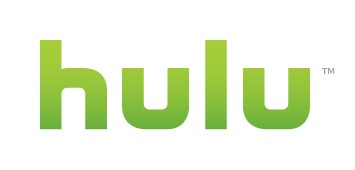 Hulu’s still-to-be-announced live TV streaming service designed to give subscribers an alternative to bloated and expensive cable-TV packages will lose “real money” if it is priced at around $40.
Hulu’s still-to-be-announced live TV streaming service designed to give subscribers an alternative to bloated and expensive cable-TV packages will lose “real money” if it is priced at around $40.